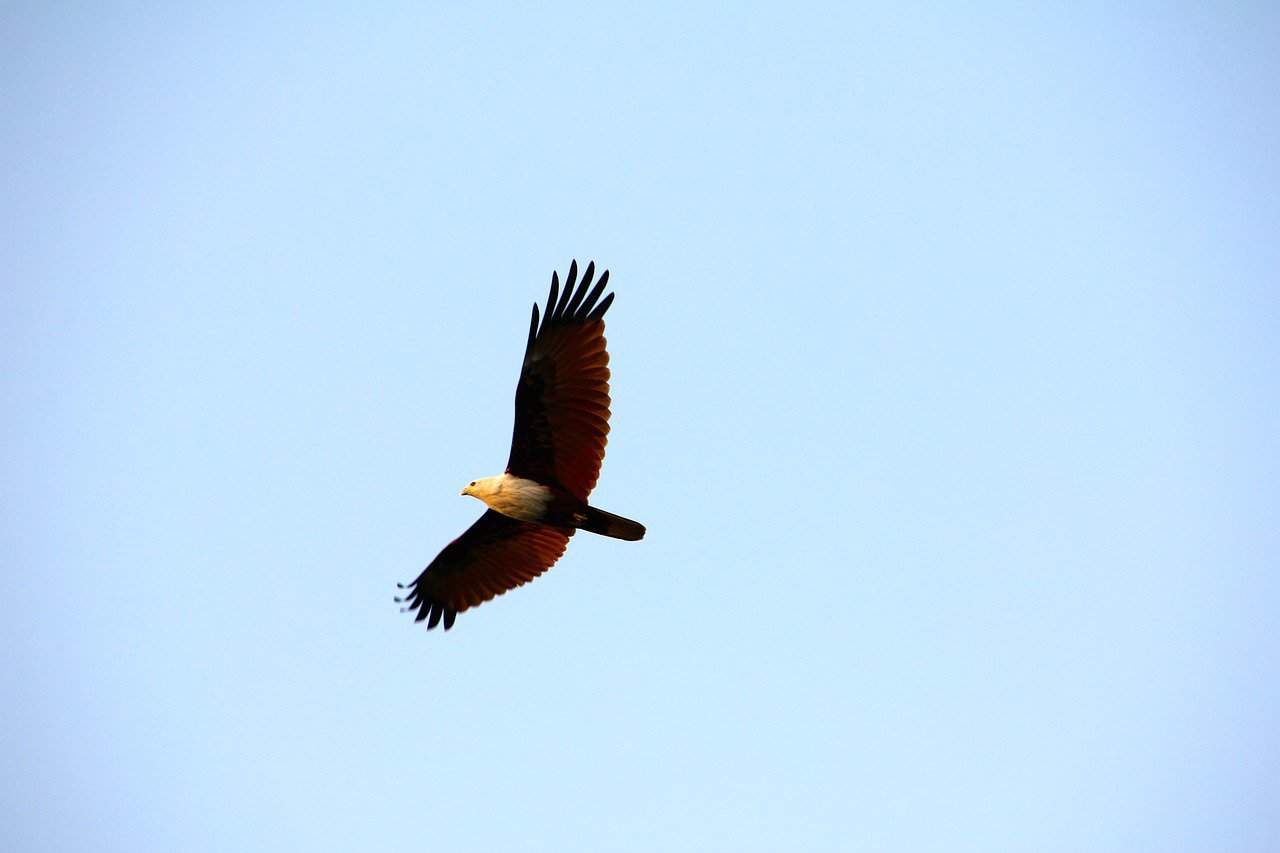by Alison Mitchell, Co-Executive Director, New Jersey Conservation Foundation
Even in the nation’s most densely populated state, most people have tales of close encounters with wildlife – often while behind the wheel.
Maybe they noticed an interesting creature passing through their neighborhood or backyard, or they stopped to help a turtle cross the road, slammed on the brakes to try to avoid deer, spotted a bald eagle overhead, heard a chorus of frogs while passing a vernal pool, or caught a rare glimpse of a bobcat dashing into the woods. Certainly, they have noticed the unfortunate victims of animal-vehicle collisions.
If you spot wildlife either on the road or off, alive or dead, the New Jersey Division of Fish & Wildlife wants to know! The agency just launched a new mobile-friendly website, the NJ Wildlife Tracker, to encourage residents to report sightings.
“We know that people care about wildlife,” said Kathy Clark, supervising biologist for Fish & Wildlife’s Endangered and Nongame Species Program, which works to protect and restore rare species. “I see it as putting this neat little tool in everyone’s hands, so that everyone can contribute to conservation.”
Sightings of both common and rare species reported by residents will be used to enhance Fish & Wildlife’s critical habitat mapping. This data will ultimately assist in the recovery of endangered and threatened species across the state.
The launch of NJ Wildlife Tracker coincides with the 50th anniversary of the state’s Endangered and Nongame Species Conservation Act, and the federal Endangered Species Act.
New Jersey has listed 88 animal species as endangered or threatened, and another 180 as species of concern. Endangered species are those whose prospects for survival in New Jersey are in immediate danger because of a loss or change in habitat, over-exploitation, predation, competition, disease, disturbance, or contamination. Threatened species are those that may become endangered if conditions deteriorate.
One key question on the new reporting form is whether sightings took place on a road. This distinction is important, Clark said, because of the density of New Jersey’s road networks, and the difficulties animals face in crossing roads safely.
“We want to gather good data on where wildlife is trying to cross roads – and whether or not the animals were successful,” she explained. “It points to where connections need to be made between habitats so that wildlife can cross roads without getting killed.”
Data gathered through the NJ Wildlife Tracker will be used to inform the Connecting Habitat Across New Jersey (CHANJ) program. CHANJ aims to make New Jersey’s landscape and roadways easier for wildlife to navigate by identifying key areas and actions needed to achieve habitat connectivity.
Clark said Fish & Wildlife partners with the state Department of Transportation to identify places where wildlife crossings need to be improved. The agencies have been collecting data for many years, and have used it to improve the safety of wildlife crossings. For example, “turtle tunnels” beneath roadways – actually used by many species – have been installed in a number of locations where reptiles and amphibians must cross busy roadways to get from winter hibernation sites to their spring breeding grounds.
Prior to the introduction of the NJ Wildlife Tracker, Fish & Wildlife received about 2,500 paper wildlife sighting reports per year, both from the general public and environmental consultants working on projects.
With the new mobile-friendly system, Clark is expecting the number of wildlife sighting reports to increase significantly. “We’re really excited at the prospect of having a lot more information,” she said, and hoping for wildlife sighting reports from urban areas as well as rural and suburban. The system could be a fun and interesting way to teach people how to identify animals in their neighborhood.
In addition to helping determine where animal crossings should be improved, NJ Wildlife Tracker will help Fish & Wildlife track wildlife population trends over time.
“Species that may be common today could become uncommon in the future,” Clark noted. For example, box turtles were very common several decades ago, but now they’re rare and listed by the state as a species of special concern.
NJ Wildlife Tracker replaces the outmoded Rare Wildlife Sighting Report Form, which required residents to download, print, fill out and mail forms to Fish & Wildlife.
Under the new system, residents can digitally report wildlife sightings from their phones or computers, and attach photos and videos to help Fish & Wildlife staff verify reports. “It’s not only for rare species, it can be for any wildlife sightings,” said Clark.
Celebrate the 50th anniversary of New Jersey Endangered and Nongame Species Conservation Act and the federal Endangered Species Act by using the NJ Wildlife Tracker to help collect data on wildlife. Information you contribute could be incredibly useful to those who work to protect rare species!
For more information on the NJ Wildlife Tracker, go to https://dep.nj.gov/njfw/conservation/reporting-rare-wildlife-sightings/. For information on the CHANJ program, go to https://dep.nj.gov/njfw/conservation/connecting-habitat-across new-jersey-chanj/.
And to learn more about preserving New Jersey’s land and natural sources, visit the New Jersey Conservation Foundation website at www.njconservation.org or contact me at [email protected].

